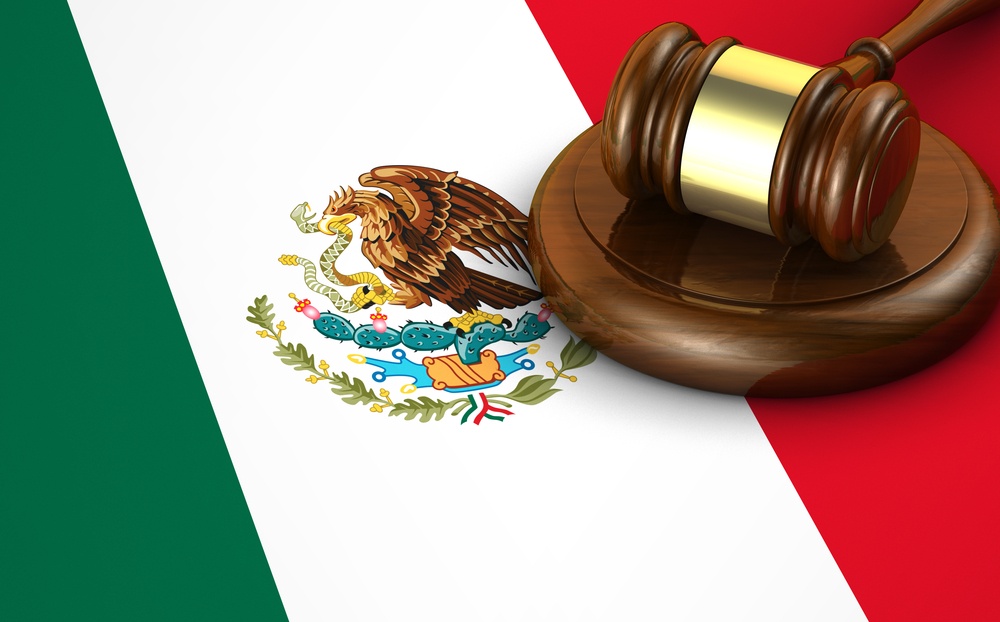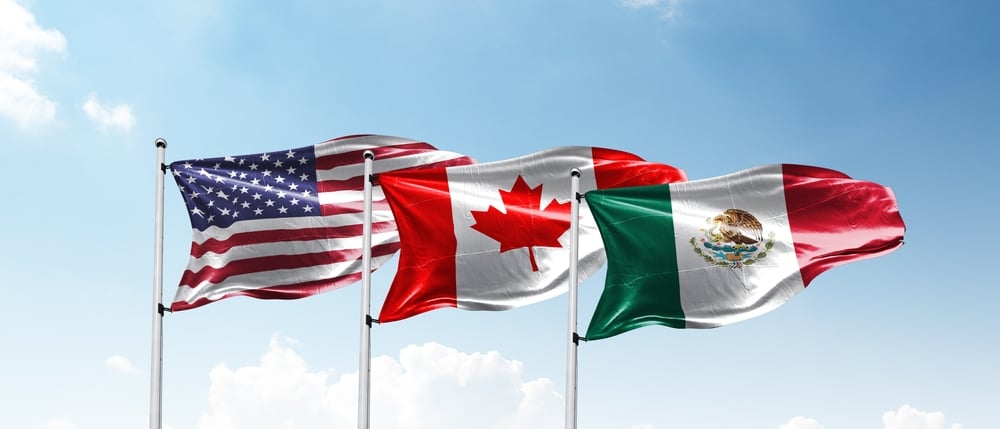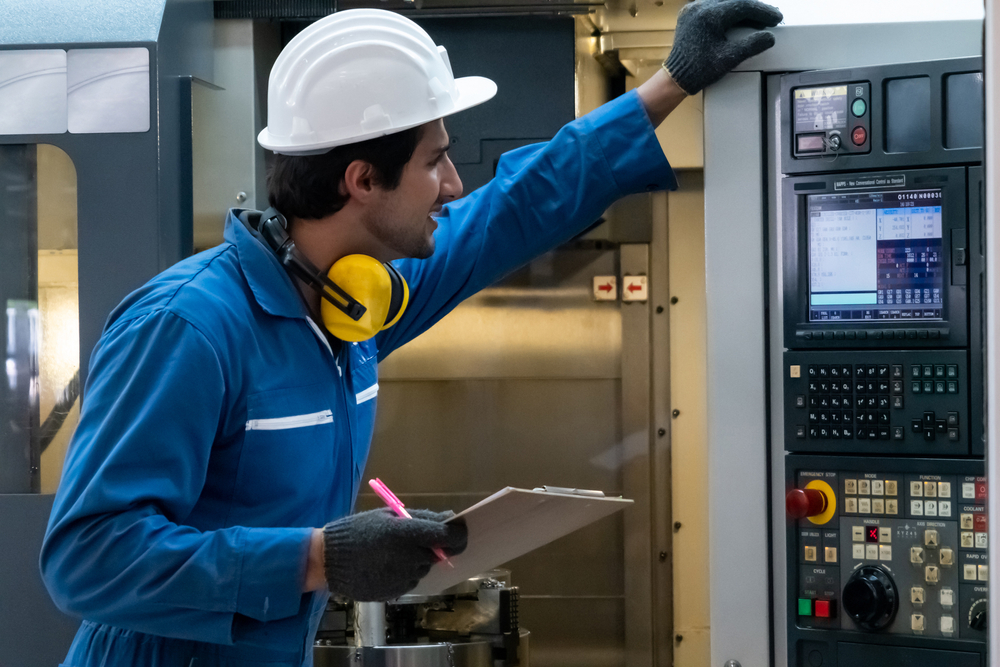The Mexican peso reached a two month high in March, according to Bloomberg. The news outlet credits this expansion to further growth in U.S. manufacturing.
"We see the peso moving much more in line with what's happening with growth," Juan Carlos Alderete, a strategist at Grupo Financiero Banorte SAB, said in an interview with Bloomberg. "It's gaining correlation with the positive economic surprises in the U.S. and Mexico."
The peso rose by 1.5 percent in March. The PMI index, created by the Institute for Supply Management, rose by 0.5 points to 53.7 in March as well, indicating that the U.S. manufacturing sector is beginning to grow.
The HSBC Mexico Manufacturing Purchasing Manager's Index hit a one-year high of 54 in January, according to Reuters, but has since slowed slightly to 51.7 in March. Anything above 50 indicates growth.
"This result suggests that the manufacturing sector will keep on growing, but probably at a slower pace," said Sergio Martin, chief economist at HSBC in Mexico.
Exports rebounded in February in Mexico due to the increasing number of automotive companies shipping out vehicles to different countries. The vast majority, or 80 percent, of Mexico's exports are sent to the U.S.
Growth in the U.S. leads to expansion in Mexico
After the PMI released its U.S. figures, there was a brief rally on the peso as American investors tried to take advantage of the likely improvements in the Mexican economy that would come from a stronger American manufacturing presence.
The Mexican Finance Ministry said in a statement that it believes the peso will average 13.1 per dollar. It also said the country's economy would expand by 3.9 percent in 2014 and 4.7 percent in 2015.
The country's economy expanded by 1.1 percent in 2013.
Growth will happen because of policy changes
According to another Bloomberg article, the figures put out by the Mexican Finance Ministry indicate the predicted growth for 2015 (4.7 percent) would be the fastest growth in Mexico in the past five years. The finance ministry is backing these numbers up with evidence from Mexican President Enrique Peña Nieto's recent policy changes that will open up the Mexican oil and gas industry to foreign investment by companies interested in tapping the rich Mexican shale fields.
Towards the end of 2013, Nieto ended the 75-year state monopoly that Pemex held over oil and gas in Mexico, and the Finance Ministry believes that economic growth for the past few years has been hurt by the monopoly's inefficiencies and expenses.
The second half of the year will be the strongest
Bloomberg believes that Mexico's gross domestic product (GDP) will rise by 3.3 percent this year and 3.8 percent in 2015, showing a lack of optimism in the Finance Ministry's numbers. However, according to MSN Money, Manuel Sanchez, a board member of the Mexican central bank believes that growth will be seen more clearly in the second half of the year because by that time, the U.S. will be in a stronger position economically and there will be more demand for Mexican products.
"We definitely are still seeing slack, when the economy grows at a rhythm like the one we are seeing," Sanchez said, adding that the balance of risks to growth has not improved.
Those who were polled by the Mexican central bank believe there will be growth in 2014 of 3.23 percent. The central bank has been keeping interest rates at 3.5 percent, which is a record low.
The bank cites the weakness in the current world economy as indicating that low interest rates would most benefit Mexico.
"The Mexican economy is going to recover. I think in the second half of the year it's going to be clearer," Sanchez told Reuters. "The United States is on a clear path of robust growth and that has to benefit Mexico."
Subscribe
Sign up and stay informed with tips, updates, and best practices for manufacturing in Mexico.





